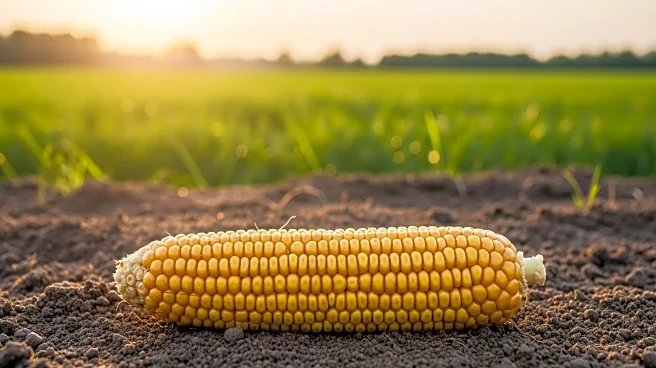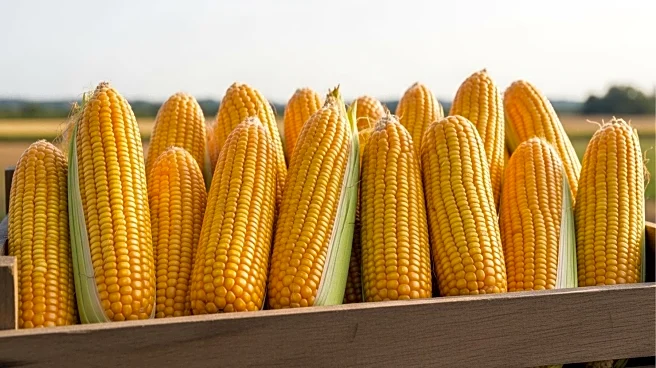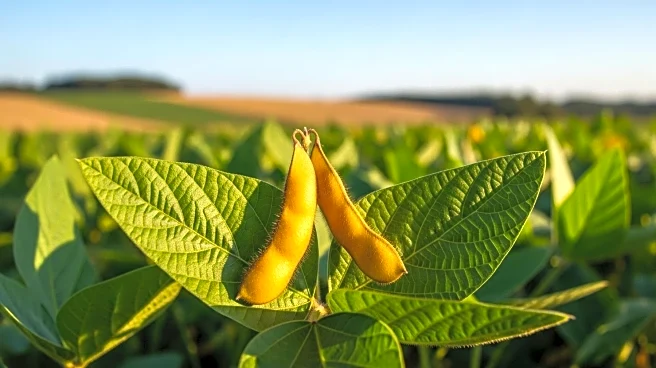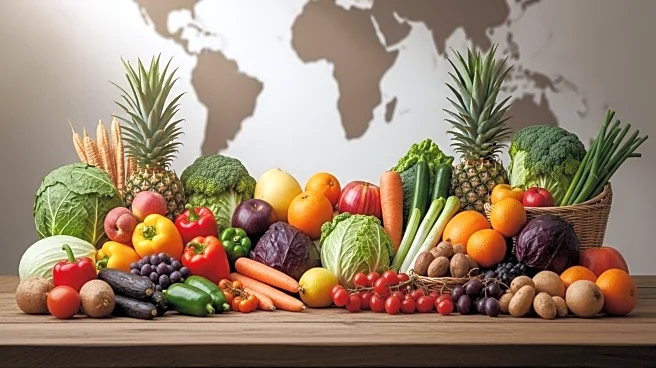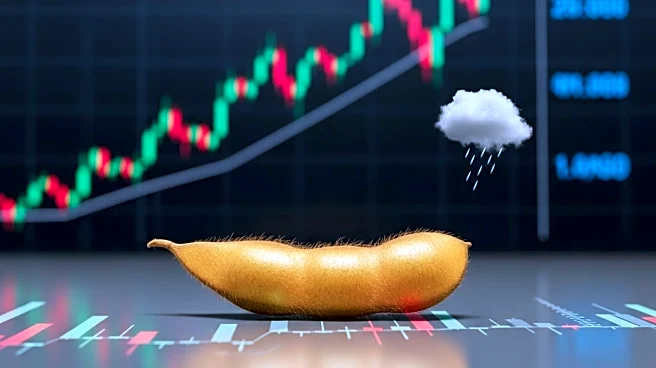What's Happening?
U.S. farmers are facing significant trade challenges and market uncertainty as the harvest season approaches, with China yet to purchase from the fall U.S. soybean crop. The American Soybean Association (ASA) has expressed concerns over the lack of a trade deal with China, which historically accounts for a substantial portion of U.S. soybean exports. ASA President Caleb Ragland highlighted the financial stress on farmers due to rising production costs and declining commodity prices. The National Corn Growers Association is also pushing for increased ethanol production to boost corn demand. Meanwhile, equipment manufacturers are dealing with the impact of tariffs and trade uncertainties, affecting their ability to provide cost-effective solutions to farmers.
Why It's Important?
The ongoing trade tensions and lack of Chinese purchases pose a significant threat to the U.S. agricultural sector, particularly soybean farmers who rely heavily on exports to China. The financial strain on farmers could lead to broader economic repercussions in rural communities, affecting livelihoods and local economies. The push for increased ethanol production and market diversification efforts are critical strategies to mitigate these challenges. Additionally, the situation underscores the need for stable trade policies and agreements to ensure the sustainability of the U.S. agricultural industry. The outcome of these trade negotiations and policy decisions will have lasting impacts on the sector's future.
What's Next?
The U.S. agricultural sector is likely to continue advocating for trade agreements that secure market access and reduce tariffs. The ASA and other agricultural groups may increase pressure on the government to prioritize agricultural exports in trade negotiations. Farmers may also seek financial assistance or policy interventions to alleviate the economic stress caused by the current trade environment. The development of alternative markets and domestic demand, such as ethanol production, will be crucial in providing stability and growth opportunities for U.S. farmers.



